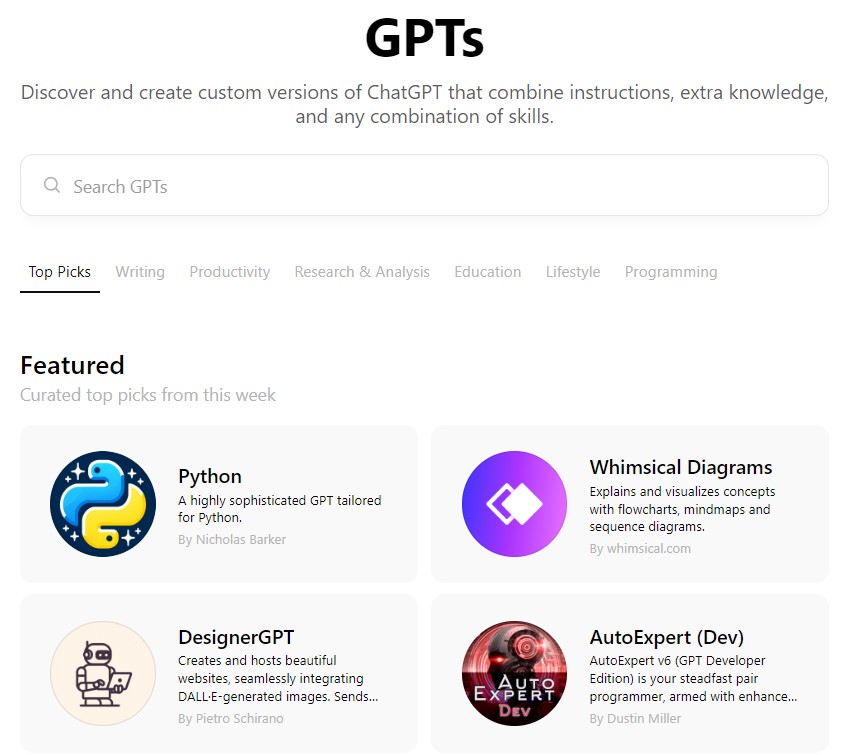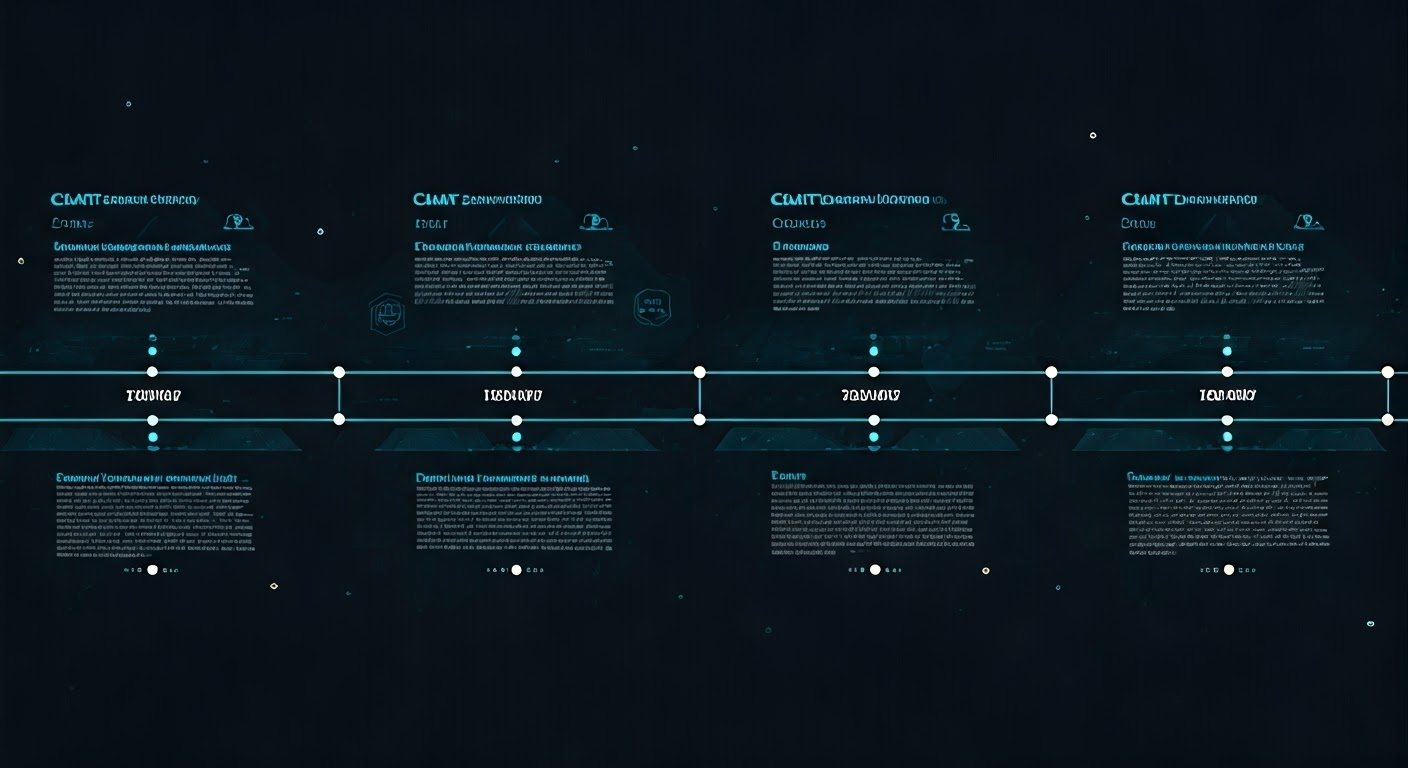
The Future of ChatGPT Ads Revealed

Key Highlights
- OpenAI, the company behind ChatGPT, is exploring incorporating ads into its AI products as a way to generate revenue and support its shift towards a for-profit business model.
- While advertising holds potential for OpenAI, the company will need to carefully consider how to integrate ads without compromising user trust or degrading the user experience.
- Transparency is crucial – users need to know when they're being shown an ad versus organic content generated by the AI.
- Brand safety is another critical factor, as OpenAI will need to implement measures to prevent ads from appearing alongside inappropriate or offensive content, which could deter brands and users alike.
- The success of ChatGPT ads will depend on OpenAI's ability to deliver relevant and engaging ads that enhance, rather than disrupt, the user experience.
Introduction
ChatGPT, the revolutionary conversational AI search engine developed by OpenAI, has taken the world by storm. From writing code to crafting poetry, its capabilities seem limitless. Now, the focus is shifting to ChatGPT's advertising potential, marking a significant turn in its evolutionary journey, especially as Microsoft embraces this technology. This exploration opens up a world of possibilities for chat interactions, potentially challenging Google Search, but also presents a unique set of challenges.
The Evolution of ChatGPT and Its Potential for Advertising

ChatGPT's rapid rise to fame stems from its ability to understand and generate human-like text. It can hold conversations, answer questions, and create content in a way that is often indistinguishable from a human. This core functionality makes it a game-changer for the future of advertising.
Imagine a scenario where ChatGPT doesn’t just show you an ad, but instead, engages you in a conversation about your needs, understands your preferences, and then recommends products or services that are genuinely relevant to you. This level of personalized interaction has the potential to redefine advertising as we know it.
From Conversational AI to Marketing Genius: A Timeline
ChatGPT's journey from a conversational AI to a potential advertising powerhouse is marked by significant milestones. Its rapid growth and evolving business model have paved the way for exploring new revenue streams. Here’s a glimpse into its journey:
Year
Milestone
2015
OpenAI, the company behind ChatGPT, is founded.
2019
OpenAI shifts to a "capped-profit" business model.
2022
ChatGPT is launched, captivating the world.
2024
OpenAI explores integrating ads into ChatGPT.
This timeline reflects the proactive approach OpenAI is taking to secure its future. The integration of ads presents both opportunities and challenges that will shape the future of AI in advertising.
Analyzing Current Trends: How ChatGPT is Poised to Transform Ads
Current trends in advertising revolve around personalization and engagement. Consumers are bombarded with generic ads, making them crave experiences that cater to their individual needs and interests. This is where ChatGPT's capabilities come into play.
ChatGPT's ability to understand context and intent allows it to tailor advertising messages in a way that feels personal and less intrusive. Instead of interrupting a user's experience, ChatGPT can seamlessly integrate ads into a conversation, making them feel like a natural extension of the interaction.
This shift towards conversational advertising aligns perfectly with the growing consumer demand for authenticity and personalized experiences. By leveraging ChatGPT, marketers can tap into these trends and create advertising campaigns that resonate on a deeper level.
Navigating the Complex Landscape of AI in Advertising
Integrating AI into advertising isn’t as simple as just plugging in a new tool. While the potential benefits are vast, it also introduces a new set of ethical and practical considerations that marketers and developers must carefully navigate.
Balancing user experience with the need for revenue generation is crucial. Striking the right balance between delivering valuable content and incorporating relevant advertising will be paramount for long-term success.
The Duel: User Experience vs. Transparency in AI Ads
One of the most significant challenges with AI ads lies in maintaining transparency without sacrificing user experience. Users need to clearly distinguish between organic content and paid advertisements to maintain trust in the platform.
This distinction can be achieved through clear labeling and disclosures, ensuring users are always aware of when they are being shown an ad. However, overly intrusive labeling could disrupt the flow of conversation, impacting the user experience negatively.
Finding the right balance requires careful consideration and experimentation. OpenAI will need to explore innovative ways to integrate ads subtly, perhaps by offering relevant product recommendations within the context of a conversation, while still providing clear indications that it’s sponsored content, as noted by CFO Sarah Friar.
Overcoming the Brand Safety Challenges with ChatGPT
Brand safety is a paramount concern for marketers, and ChatGPT's unpredictable nature poses a challenge in this arena. As ChatGPT learns from a vast dataset of text and code, there's a risk of it generating responses that, while contextually relevant, might also be offensive, biased, or factually incorrect.
To mitigate these risks, OpenAI needs to implement robust content moderation systems. These systems should be designed to identify and filter out potentially harmful or offensive content before it reaches the user. However, overly aggressive filtering could stifle ChatGPT's creativity and limit its ability to generate authentic-sounding content.
Marketers also need to be discerning about the keywords and prompts they utilize with ChatGPT. By providing clear guidelines and explicitly stating brand safety expectations, marketers can work collaboratively with AI to create advertising campaigns that are both engaging and brand-appropriate.
Implementing ChatGPT in Your Advertising Strategy

Incorporating ChatGPT into an advertising strategy requires a shift in perspective. It's not just about placing ads; it's about creating engaging, conversational experiences that resonate with your target audience.
Start by identifying areas where ChatGPT can enhance your existing campaigns. Can it personalize ad copy? Can it automate customer service interactions? By understanding its strengths, you can leverage ChatGPT to create more effective and engaging advertising campaigns.
Creative Ways to Leverage ChatGPT for Engaging Ads
Leveraging ChatGPT’s creative engagement capabilities offers exciting opportunities for marketers to create experiences that captivate their target audience:
- Interactive Storytelling: Instead of traditional ad copy, use ChatGPT to craft interactive stories that engage users and subtly introduce them to your brand or product.
- Personalized Product Recommendations: Provide ChatGPT with user preferences and purchase history to generate hyper-personalized product recommendations, creating a seamless shopping experience.
- Dynamic Ad Copywriting: Use ChatGPT to tailor ad copy based on user context and interests, ensuring maximum relevance and engagement.
By approaching ChatGPT as a creative partner, marketers can unlock innovative solutions that elevate their advertising strategy.
Best Practices for Integrating AI without Compromising Quality
Integrating AI into advertising requires a strategic approach to ensure quality and effectiveness. Here are some best practices for marketers:
- Clearly Define Goals and KPIs: Establish measurable goals for your AI-powered campaigns and identify key performance indicators (KPIs) to track success.
- Human Oversight and Quality Assurance: While AI can automate many tasks, human oversight remains essential for quality assurance. Regularly review and refine outputs to maintain brand voice and accuracy.
- Continuous Learning and Optimization: AI is constantly evolving, and so should your strategies. Continuously analyze data, gather feedback, and adjust your approach to optimize campaign performance.
By adopting these best practices, marketers can harness the power of AI while ensuring ethical considerations and maintaining the quality of their brand messaging.
KeywordSearch: SuperCharge Your Ad Audiences with AI
KeywordSearch has an AI Audience builder that helps you create the best ad audiences for YouTube & Google ads in seconds. In a just a few clicks, our AI algorithm analyzes your business, audience data, uncovers hidden patterns, and identifies the most relevant and high-performing audiences for your Google & YouTube Ad campaigns.
You can also use KeywordSearch to Discover the Best Keywords to rank your YouTube Videos, Websites with SEO & Even Discover Keywords for Google & YouTube Ads.
If you’re looking to SuperCharge Your Ad Audiences with AI - Sign up for KeywordSearch.com for a 5 Day Free Trial Today!
Conclusion
The future of advertising with ChatGPT is promising, offering innovative ways to engage consumers. Embracing this evolution in AI can revolutionize marketing strategies, balancing user experience and brand safety. By leveraging ChatGPT creatively, brands can enhance engagement and quality without compromising authenticity. As we navigate this complex landscape, it's essential to explore the potential of AI-driven ads while ensuring ethical considerations are prioritized. The transformative power of ChatGPT in advertising opens doors to new possibilities in consumer outreach and interaction. Stay ahead of the curve by integrating ChatGPT into your advertising strategy for compelling and impactful campaigns.
Frequently Asked Questions
How will ChatGPT change the way we create ads?
ChatGPT's innovation allows advertisers to rethink the entire creation process. Instead of static messages, marketers on platforms like Google and Facebook can use ChatGPT to craft dynamic, personalized ads that resonate more deeply with users.
Can ChatGPT-driven ads ensure better consumer engagement?
Yes, ChatGPT can significantly improve consumer engagement. Its ability to tailor messages and experiences to individual users makes marketing campaigns more effective and less disruptive to the user experience. While OpenAI has no active plans yet, the potential is clear.
What are the ethical considerations in using ChatGPT for ads?
Ethical considerations in AI advertising, particularly for OpenAI, revolve around transparency and user trust. It's crucial to ensure users are aware they're interacting with an ad and that their data is handled responsibly.
Is there a future where ChatGPT fully automates ad creation?
As ChatGPT development progresses, it's conceivable that it could automate significant aspects of ad creation related to current business, potentially making it a key revenue stream, as the Financial Times reports. However, human oversight will likely remain crucial for ethical considerations and creative direction.
